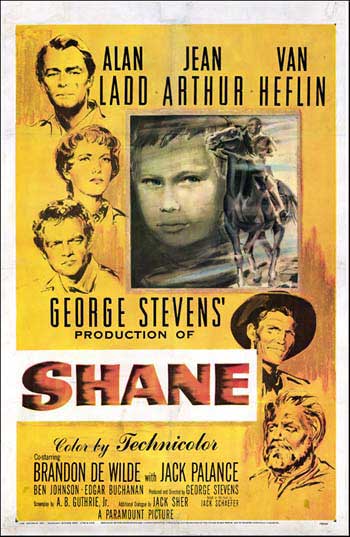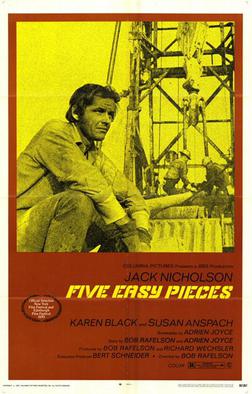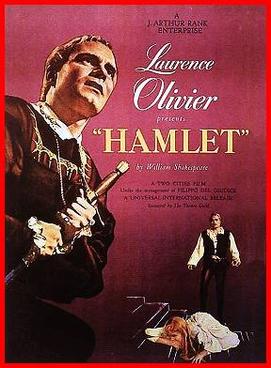
The 1964 film, Zorba the Greek, tells the story of two very different friends.
Basil (Alan Bates) is a writer. (“Poetry, essays,” he diffidently says when asked what he writes.) Basil is British-Greek but, having been raised in the UK, he allows his British side to dominate. In this film, that means that Basil is very polite and very reserved. He’s not the type to attempt to flirt with someone who he doesn’t know. He has never spontaneously broken into dance. When he is offered a drink, he asks for tea and is shocked to receive rum instead. If the film was taking place a few decades later, one gets the feeling that Basil would describe Love, Actually as being an okay movie “for people who like that sort of thing.”
And then there’s Zorba (Anthony Quinn). Unlike the wealthy and well-educated Basil, Zorba is a peasant and he’s proud of it. He works hard but he plays hard too and there’s nothing that Zorba loves more than the sound of good music. Zorba not only drinks rum but makes sure that everyone else gets their fill as well. Zorba dances whenever he feels like it. Zorba is larger than life, an unfailingly enthusiastic man who is determined to enjoy whatever time he has left in his life.
When Zorba and Basil first meet, Basil is heading to Crete where he’ll be trying to reopoen a mine that was left to him by his father. As for Zorba, he’s looking for work and, as he explains it, he has tons of experience working as a miner. Though Basil is, at first, reluctant to hire someone who he’s just met, Zorba talks him into it. As quickly becomes apparent, the exuberant Zorba can talk people into almost anything.
You can probably guess where all of this is going. Zorba teaches Basil how to embrace life, which in this film means embracing the Greek side of his heritage. It takes a while, of course. Basil is an extremely reluctant protegé and a good deal of the film’s humor comes from just how uncomfortable Basil occasionally gets with his newfound friend. That said, you don’t have to be a psychic to guess that eventually, the two of them will share a dance on the beach. It may be predictable but that’s not to say that Zorba the Greek isn’t a good film. It’s a very good and entertaining movie, featuring a justifiably famous soundtrack and also one of Anthony Quinn’s best and most exuberant performances.
In fact, Quinn is so perfectly cast as Zorba that he occasionally tends to overshadow Alan Bates, who is equally good but in a different way. In fact, I would say that Bates probably had the more difficult role. Whereas Zorba (and Quinn) spends the entire movie instigating, Basil (and Bates) spends the entire movie reacting. It’s difficult to make passivity watchable but Bates manages to do it.
Of course, Zorba isn’t just a comedy about an unlikely friendship. About halfway through the film, there’s a moment of shocking brutality involving a young widow played by Irene Pappas. It took me totally by surprise and it left me a bit shaken. (It also reminded me a bit of another European film featuring Irene Pappas, Lucio Fulci’s Don’t Torture A Duckling.) It’s a scene that serves as a reminder that 1) not every peasant is Zorba the Greek and 2) friendship and love cannot end darkness but it can make it all a little more bearable.
Zorba the Greek was nominated for Best Picture but it lost to My Fair Lady.
















